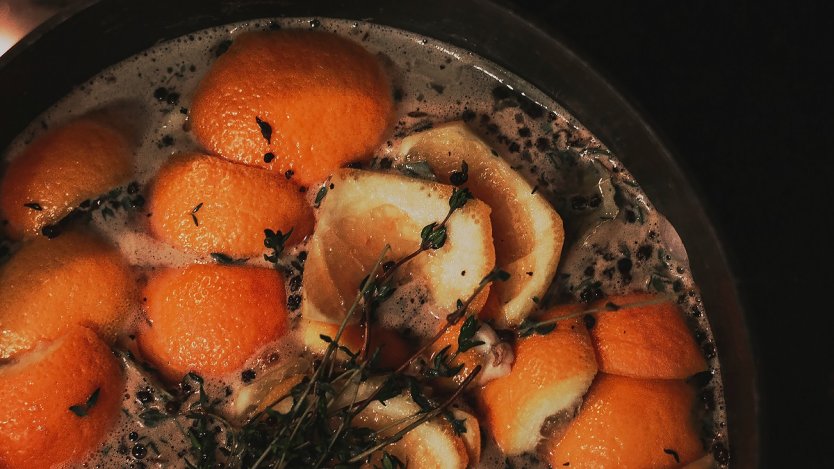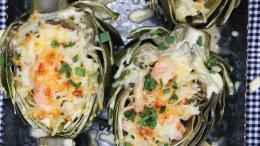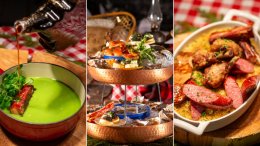If you’ve ever been tasked to cook a traditional turkey dinner, it’s likely that while perusing the various recipes available online, one of the most common instructions you’ve come across is to brine your turkey before you cook it.
If that isn’t the case and you’re unfamiliar with the method, here’s a quick breakdown: The term “brining” is the process of infusing proteins (not just turkeys, but many different types of meat) with salt and other flavour-imparting ingredients like sugar, herbs, and spices to enhance both the flavour and the tenderness.
In most cases, the protein is soaked in a liquid alongside the aforementioned ingredients and stored in the refrigerator several hours prior to cooking (wet brine), however, this flavour enhancement process can also be achieved without liquid (dry brine).
Now back to our original question: Why should you brine some cuts of meat and not others?
The answer is actually quite straightforward; any lean cut of meat (chicken breasts, game meat, fish, etc.) is ideal for brining. Because such cuts typically do not have much intermuscular fat or marbling, the brine will help to enhance its tenderness, juiciness, and overall flavour. It also helps the meat from overcooking and becoming dry.
And while you certainly apply the same method to less lean meats like lamb shanks or beef striploins, since the two cuts usually already contain a considerable amount of fat, the extra boost from brining is not required.













